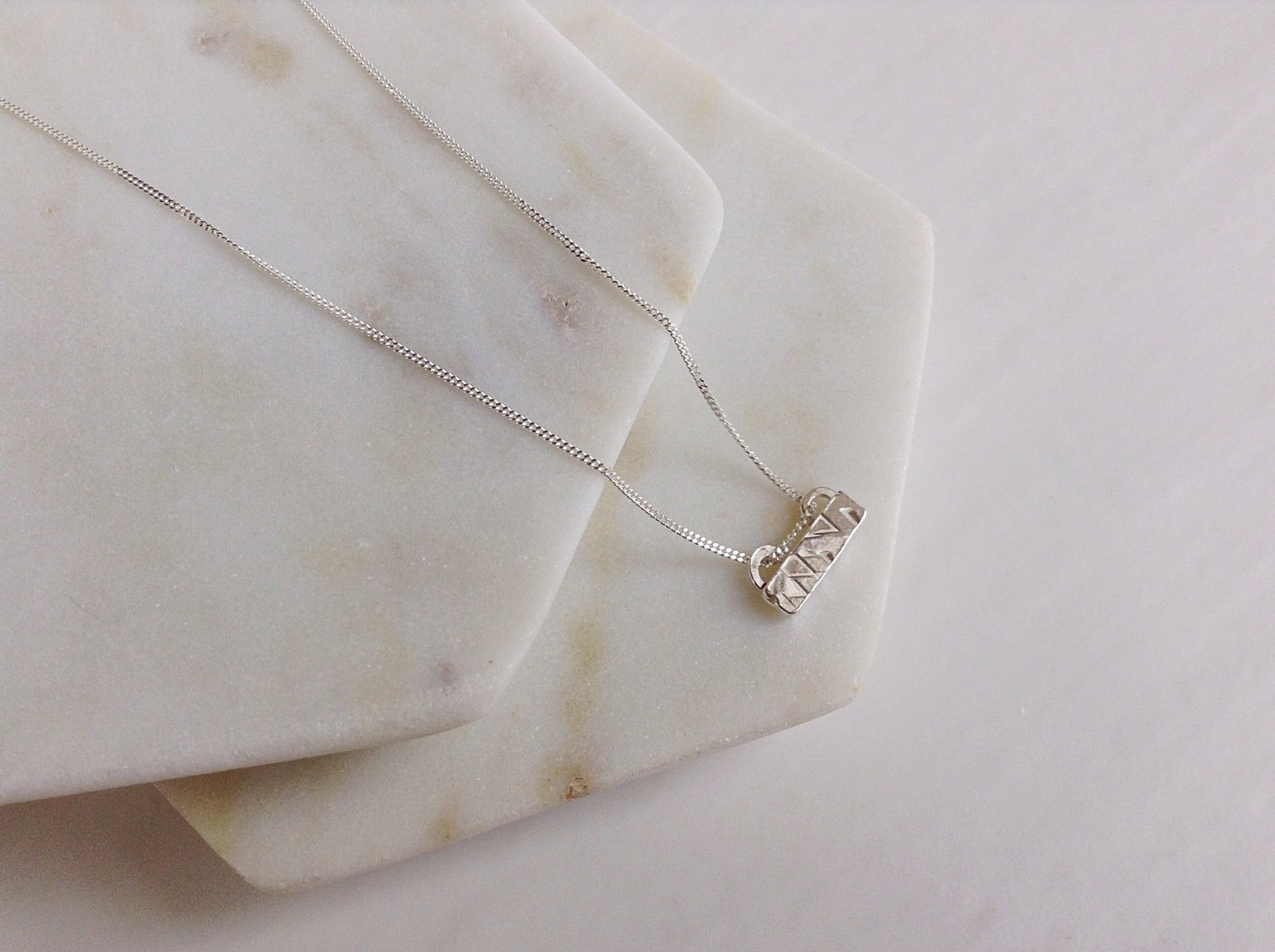Mama Giraffe & Mama Earth
Climate Change Week is from the 9-14th of October. In view of this, we've decided to do a series of posts focussing on the climate, sustainability and local initiatives to do with these topics. Hope you enjoy reading!
We know why you're really here, and we don't blame you (giraffes are super cute), but here's the thing. Climate change isn't only affecting humans and trees. It has had, and will continue to have, an enormous impact on the habits and habitats of thousands of species across the globe. I'm sure this isn't news to you (anyone else adopt a tiger or polar bear through the WWF when they were 12?) but let's get some facts.
The WWF (World Wildlife Fund) is one of the major charities aiming to improve the welfare of wildlife by: "advancing policies to fight climate change; engaging with businesses to reduce carbon emissions; and helping people and nature to adapt to a changing climate".
According to the World Animal Foundation (WAF), giraffes are being lost "at an unprecedented and alarming rate". The IUCN (the International Union for Conservation of Nature and Natural Resources) have classed giraffes as a "vulnerable" species (by the way, did you know there are 9 subspecies of giraffe?! Neither did we). We're using giraffes as an example (mainly because Madia & Matilda's founder Shalize Nicholas has an obsession) but there are thousands of other animals and plants in the same sticky situation as giraffes, or worse.
This list includes Sumatran tigers, orangutans, whales and many others, from all regions and taxonomic groups.
How is Pocahontas relevant?!
You'd be surprised. The classic Disney flick was based on a true story and deals with topics such as colonialism, racism and displacement of indigenous people. Pretty hard core, considering its target audience! (There has been some discussion about how well Disney dealt with these complex topics, but let's leave that for another time.)
Pocahontas vs Modern Example. A compare/contrast kinda thing. Bring it on!
Pocahontas: Sexy beast Cap'n John Smith and buddies rock up to Pocahontas's area hoping to find precious natural resources, such as gold (bling bling).
Modern Version: Some powerful organisations are seizing land that's been sacred to local tribes, sometimes for thousands of years. Their aim is to grow new crops to use as biofuels and to cut down on the use of fossil fuels. Though the search for alternatives to fossil fuels is important, it's coming at a huge price to local people.
Pocahontas: Cap'n John Smith's buddies are particularly looking forward to fighting some of the native American Indians, so that they can use the new land as they choose (maybe build a few villas, a water park, poss also some quality shopping arcades?).
Modern Version: Fighting has broken out between these large companies and the Indigenous communities over land ownership. This has resulted in devastating loss of life on both sides, and damage to the land in question.
Pocahontas: Smithie and buddies believe for a long time that they are the ones in the right. So do the Powhatan, Pocahontas's tribe.
Modern version: Actually, the principle is the same. And it's a tough one to call (so we're not going to try). On one hand there's ancient tribal tradition around the world, and sacred lands are super important to that; on the other hand, biofuels are one real solution to battling climate change, by reducing the amount of fossil fuels we use (this includes damaging collection methods such as fracking, which also cause pollution and habitat loss). The jury (meaning us) is out.
You'd be surprised. The classic Disney flick was based on a true story and deals with topics such as colonialism, racism and displacement of indigenous people. Pretty hard core, considering its target audience! (There has been some discussion about how well Disney dealt with these complex topics, but let's leave that for another time.)
Pocahontas vs Modern Example. A compare/contrast kinda thing. Bring it on!
Pocahontas: Sexy beast Cap'n John Smith and buddies rock up to Pocahontas's area hoping to find precious natural resources, such as gold (bling bling).
Modern Version: Some powerful organisations are seizing land that's been sacred to local tribes, sometimes for thousands of years. Their aim is to grow new crops to use as biofuels and to cut down on the use of fossil fuels. Though the search for alternatives to fossil fuels is important, it's coming at a huge price to local people.
Pocahontas: Cap'n John Smith's buddies are particularly looking forward to fighting some of the native American Indians, so that they can use the new land as they choose (maybe build a few villas, a water park, poss also some quality shopping arcades?).
Modern Version: Fighting has broken out between these large companies and the Indigenous communities over land ownership. This has resulted in devastating loss of life on both sides, and damage to the land in question.
Pocahontas: Smithie and buddies believe for a long time that they are the ones in the right. So do the Powhatan, Pocahontas's tribe.
Modern version: Actually, the principle is the same. And it's a tough one to call (so we're not going to try). On one hand there's ancient tribal tradition around the world, and sacred lands are super important to that; on the other hand, biofuels are one real solution to battling climate change, by reducing the amount of fossil fuels we use (this includes damaging collection methods such as fracking, which also cause pollution and habitat loss). The jury (meaning us) is out.
 |
The Saami People and the Guarani People
The Saami people have lived and herded reindeer in parts of Scandinavia, Russia and Canada for thousands of years. The reindeer rely on a consistent climate to flourish, and the Saami people suffer alongside the animals if this is upset. In recent years the weather has been unpredictable: snow and wind patterns have gone a bit crazy, and there have been sad reports of reindeer falling through the ice. When reindeer are put at risk like this, it dramatically impacts the lives of the Saami people and their culture.

 |
| Young people from the Tupiniquim tribe, another Brazilian tribe who have fought hard to retain ancestral lands seized for the production of biofuels |
I'm sure you've spotted the dilemma. In the case of the Guarani people, efforts to develop a new, renewable energy source to replace fossil fuels have caused major damage to their way of life, both psychologically and physically. There's obviously no easy solution to the problem.
So what the heck can be done about it?
It seems like one of those problems where a balance needs to be struck: somewhere between moving forward positively, and conserving natural habitats and indigenous communities. It doesn't look like there's a magic formula for this, unfortunately (unless you have one??), but that shouldn't stop us trying.
As Mahatma Gandhi once said, "you must be the change you wish to see in the world".
Sincerely Madia & Matilda


























